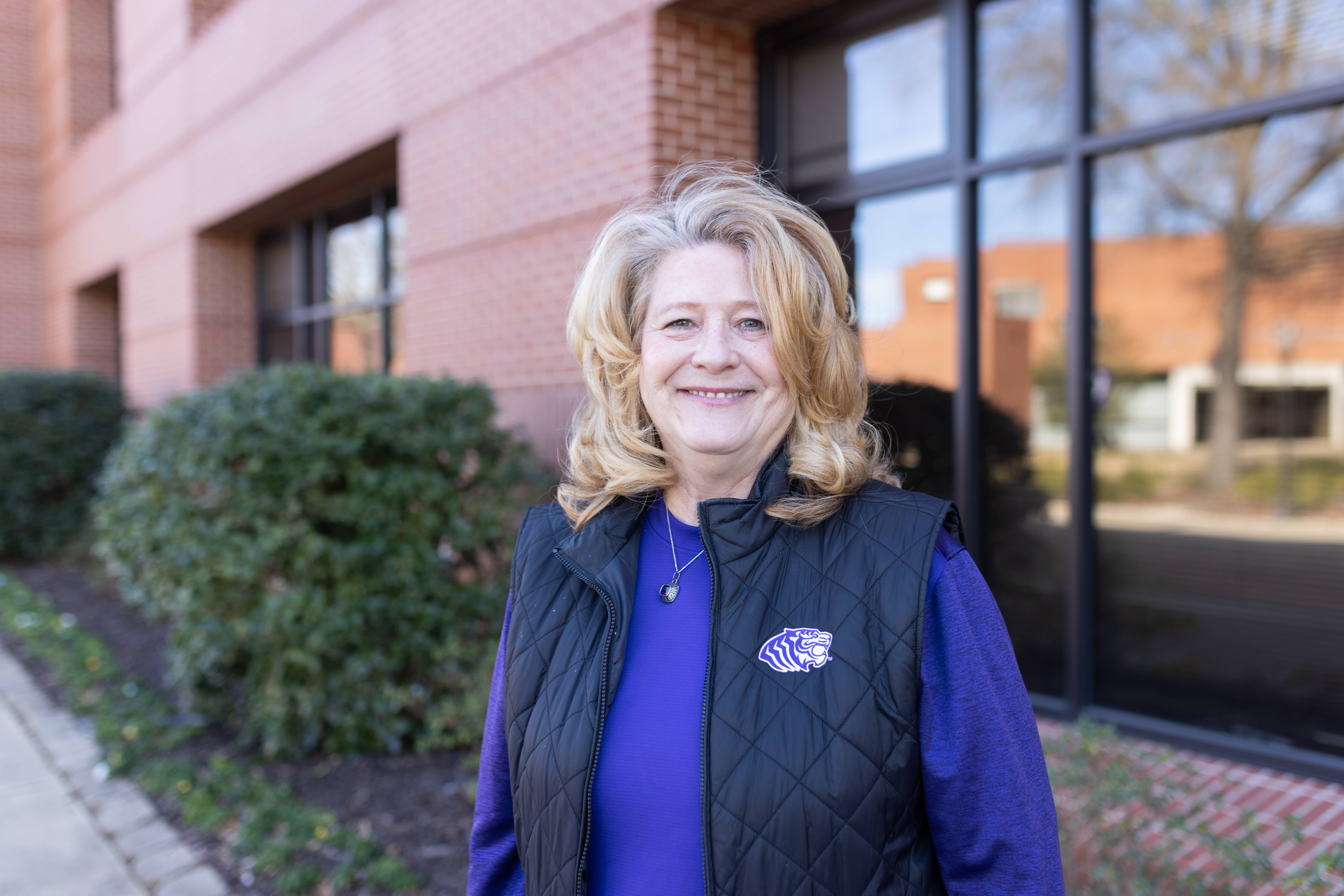An event marking one of the greatest changes in America celebrated its 50 year anniversary in Little Rock, Arkansas, today. On this day in 1957, nine African Americans entered Central High for their first day in an integrated school. Although the day progressed peacefully, the events beforehand were far from calm.
Public-school segregation became unconstitutional in 1954 following the U.S. Supreme Court decision in Brown v. Board of Education. Initially Little Rock had plans to be integrated by September 1957.
African American students encountered unrestrained violence at registration and as the semester started. On Sept. 4, Arkansas Governor Orval Faubus went so far as to command National Guardsmen to prohibit the nine African American students from entering the school building.
Faubus’ orders did not go unnoticed. In a meeting with President Eisenhower he agreed to protect the African American students. He lied and once again left the students to the will of a mob, which beat several reporters and threw bricks at the school until the nine students had to be evacuated according to www.nps.gov/history/nr/travel/civilrights.
President Eisenhower put the Guardsmen under federal orders and dispatched his own troops, complete with bayonets. This time the nine students successfully attended classes with no interruptions or demonstrations.
Despite the violent reactions of residents of Little Rock and surrounding areas, some Central High students welcomed the African Americans.
“This is the chance that the youth of America has been waiting for,” wrote Jane Emery, the editor of Central High’s student newspaper The Tiger, on Sept. 19. “Through an open mind, broad outlook, wise thinking, and a careful choice you can prove that America’s youth has not “gone to the dogs” that their moral, spiritual, and educational standards are not being lowered.”
After the African American students finally made it to class, Emery and another editor offered their opinion once more over the mobs.
“We cannot be proud of the violence that occurred around our school […]” wrote Emery and Georgia Dortch on Oct. 3, “[b]ut the future remains. And with the future remain many questions. Will there be more violence? How long will troop-protected education be necessary? Will our own educations be retarded? The only answer to all these questions is for each individual to maintain a sensible, peaceful neutrality […]”
Ouachita’s involvement in racial desegregation was prolonged in a more peaceful manner.
The board of trustees eased into this sensitive situation by first admitting only Africans with two Southern Baptist missionary references. Michael Makosholo of Southern Rhodesia was the first African to attend in 1962. He graduated in 1965, receiving a B.A. in English.
The next step came later that year when the Camden Extension Center began accepting African Americans. This “inconsistent admissions policy,” as Michael Arrington put it in “Ouachita Baptist University: The First 100 Years,” was called to attention by then president Dr. Ralph Phelps.
In 1963 the first African Americans were admitted into the graduate program, specifically two local pastors.
Finally the first undergraduate African American student came to Ouachita in 1964, 10 years after the Supreme Court ruling. Carolyn Jean Green received a B.A. in sociology and graduated in 1966.
The last area to become open to desegregation was Ouachita’s faculty. However, Ouachita still experiences difficulty in attracting black faculty members. The last African American on faculty was Felise Williams, an education professor, who left after the spring of 2006.




